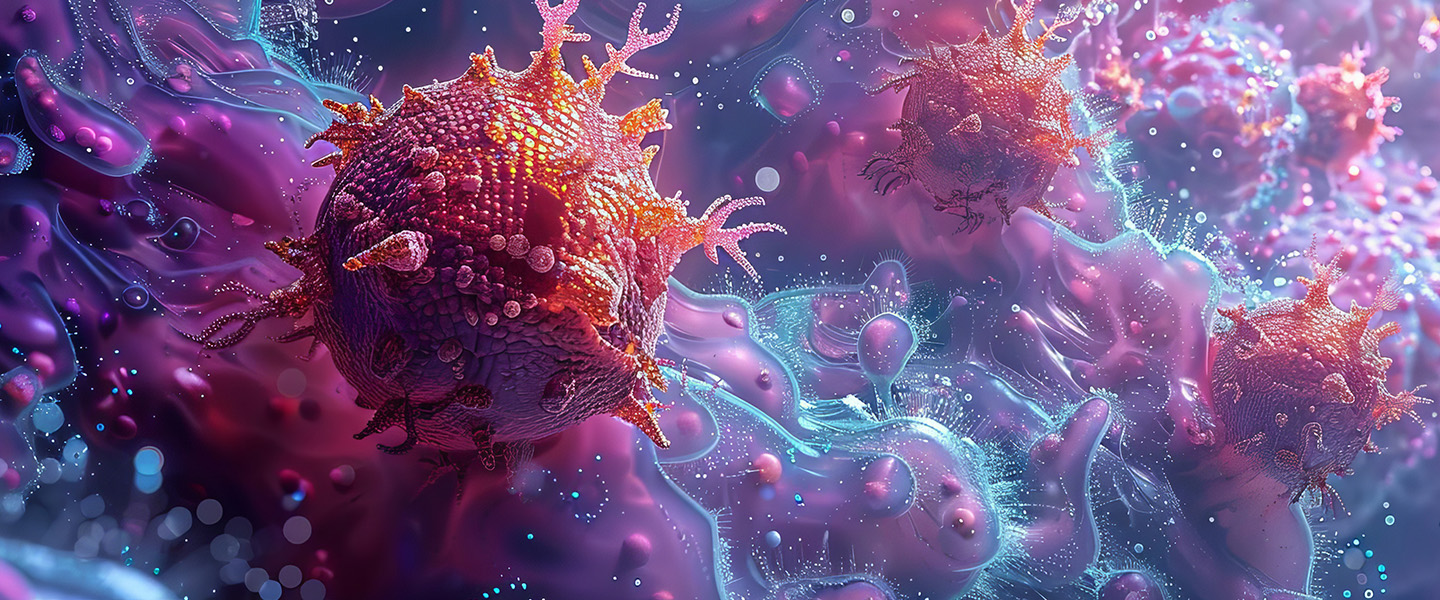Study Reveals New Details About Relationship Between Suicidal Ideation/Attempt and Alterations in the Immune System
Study Reveals New Details About Relationship Between Suicidal Ideation/Attempt and Alterations in the Immune System

Inflammation in the body causes physical pain each day for untold millions of people, and in that respect it is a well-known and well-understood medical problem. Much less well understood is the role of inflammation in psychiatric illness—a silent phenomenon that has been the subject of speculation for decades and in recent years the focus of increasingly intense research.
Inflammation is one of the byproducts of immune system activation. The immune system is our constant protector, literally surveilling every part of the body for threats every moment of every day. Its targets range from invaders like viruses or other pathogens to myriad processes in our cells that signal dysfunction and can lead to deadly illnesses, including cancer.
With support from his 2019 BBRF Young Investigator grant, Federico Manuel Daray M.D., Ph.D., of the University of Buenos Aires, Argentina, embarked on research dedicated to better understanding the possible roles of the innate and adaptive immune systems in the development and maintenance of depression. That work has begun to generate results, including in a paper recently published in the journal Brain, Behavior & Immunity – Health reflecting a study involving 105 individuals recruited from five Buenos Aires-area hospitals. First author of the paper was Leandro Nicolás Grendas.
The aim of the current study, which grows out of Dr. Daray’s search for an “immune signature” that might characterize people having a major depressive episode, was to more specifically explore immune system responses in individuals with suicidal ideation or attempts (both current and prior) in comparison with healthy controls. Of the 105 individuals analyzed in the study, whose average age was about 40, 21 had current suicidal ideation or suicide attempt; 42 had a lifetime history of one or both but not current; and 42 were controls. Of those with current or lifetime suicidal ideation or attempts, about half were diagnosed with major depressive disorder and half with bipolar disorder.
The innate immune system is the body's first line of defense against infections and is made up of defense mechanisms that are present from birth. This system includes physical barriers like the skin and mucous membranes, as well as specialized cells like macrophages and neutrophils, which can engulf or destroy pathogens in a nonspecific manner. In contrast, the acquired (“adaptive”) immune system is specific to each pathogen and develops throughout a person's life in response to exposure to different microorganisms. This system includes cells like B cells and T cells, which produce antibodies and coordinate specific immune responses against specific pathogens.
Dr. Daray and colleagues note that in past studies involving patients with suicidal ideation or who have recently made a suicide attempt, immune changes (relative to healthy controls) have been noted in the blood, the cerebrospinal fluid that circulates in the body’s central nervous system, and postmortem brain samples. But these studies have focused almost exclusively on the humoral component of the immune system and not on the component characterized by cell-mediated immunity. Both the innate and adaptive immune systems have humoral and cellular components. Humoral components include antibodies, which can neutralize pathogens and mark them for destruction by killer cells. Cellular components include cells like macrophages, T cells, and neutrophils, which can envelop pathogens and destroy them directly.
After drawing blood from study participants, the researchers were able to study the composition of peripheral immune cells (i.e., those in circulation in parts of the body excluding the CNS and the brain) as well as humoral immune biomarkers, comparing readouts from individuals currently experiencing suicidal ideation or attempts with those who had a history of the same but were not currently exhibiting such behavior, and also with the healthy controls.
The analysis yielded many potentially important insights, broadly showing that both the innate and acquired immune systems are altered in patients with suicidal ideation or attempts, both current and lifetime.
The study participants with suicidal ideation or attempts had significantly elevated monocyte counts relative to controls. Monocytes are white blood cells manufactured in the bone marrow; high levels indicate the body is actively fighting an insult and are associated with inflammation. Additionally, there was a change in the proportion of the three subtypes of circulating monocytes.
Regarding acquired immunity, no difference among the three groups of particpants was noted in the total number of lymphocytes (cell-mediated immunity components such as T cells and B cells). Yet while the percentage of CD4 and CD8 cells, and the ratio of CD4/CD8 cells did not show significant differences among groups, the function of these cells did seem to be altered in the patient groups.
The team found an increase in markers of “T-cell exhaustion” in patients with suicidal behaviors compared with controls. These biomarkers are inhibitory receptors located on immune cells. In great numbers, they signal continuous stimulation by antigens that possibly exhausts the effectiveness of T cells. Detection of these exhaustion markers has not been reported previously, neither in major depression nor in patients with suicidal behaviors, the team said, and could represent a “groundbreaking development in our field, as it holds the promise of opening new avenues for therapeutics.”
They give the example of similar markers in other contexts, among them the targets of drugs called checkpoint inhibitors, which have been highly effective in some cancers and chronic infections, helping to arrest pathological processes. “Understanding the parallels between T cell exhaustion in suicide ideation/attempt and immune responses in other health conditions could potentially address innovative treatment strategies to transform the care landscape” in suicide prevention, the team suggested.
The researchers also found higher levels of “a potentially novel and likely more specific biomarker for neuroinflammation in individuals with lifetime suicidal ideation/attempt [vs. controls],” a protein receptor mainly expressed in microglial cells called sTREM2. Microglia are an immune cell type that occurs only in the brain. sTREM2 “plays a critical role in microglial activation, survival, and apoptosis [programmed cell death].” Alterations in the protein have been linked with microglial activation in neurodegenerative and neuroinflammatory illnesses. This potential pathological process in microglia is another target for future study.
After making these analyses, “we wondered if what we were seeing in suicidal individuals was due to depression or not,” Dr. Daray explaned. “The way we addressed this question was through a statistical model in which we observed that depressive symptoms and inflammation exert independent and cumulative effects on suicidal ideation or suicide attempt.”
He continued: “These findings have potential therapeutic implications, suggesting that for patients with suicidal ideation or attempts, addressing inflammation may be necessary in addition to treating previously identified depressive symptoms.”



